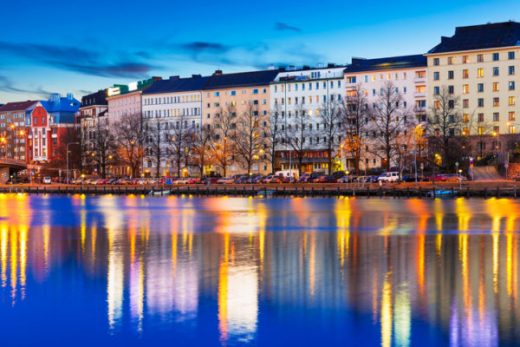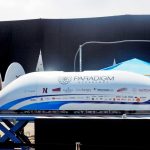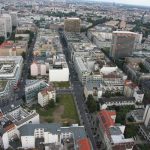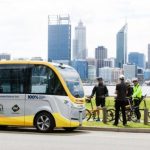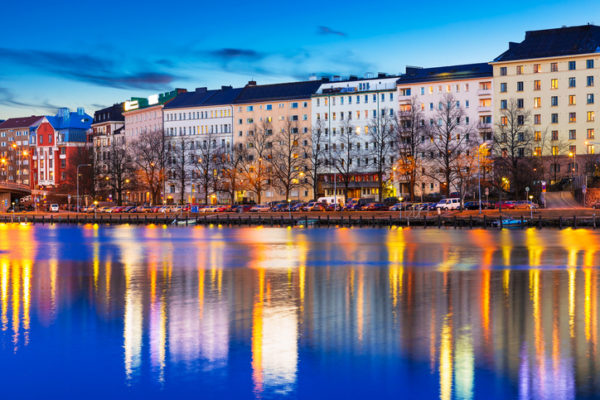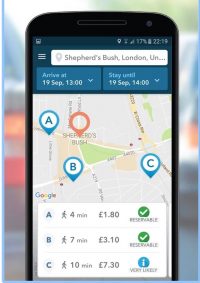How Helsinki is bringing smart city innovation to its core
How Helsinki is bringing smart city innovation to its core2

There are few capital cities around the world that are not directing finances and energy into connected technology. Every year local neighborhoods, suburbs, and cities incorporate technology into their infrastructure, transport systems, housing and local services.
From Jaipur to Seoul, what makes each location unique is how they respond to challenges specific to their location, landscape, and community.
I visited Helsinki recently for the annual Biohacker Summit and was intrigued to learn more about Helsinki’s smart technology. Much of Helsinki’s strengths seem to lie in their efforts in not only integrating smart technology, but creating a platform where agile innovation can flourish.
What is a BIoTope?
Helsinki is involved in bIoTope, an EU-funded initiative that lays the foundation for open innovation ecosystems. Companies can – with minimal investment – innovate by creating new Systems-of-Systems (SoS) platforms for connected smart objects. To achieve this goal, bIoTope provides the necessary standardized Open APIs to enable the publication, consumption and composition of heterogeneous information sources and services from across various platforms, including FI-WARE, OpenIoT, city dashboards and so on.
The intention is to foster new forms of co-creation of services ranging from simple data collection and processing, to context-driven, intelligent and self-adaptive support of consumers’ everyday work and life.
bIoTope also establishes a governance roadmap for ecosystem orchestration to properly maintain, grow and sustain the socio-technical and business-wise bIoTope ecosystem. Helsinki’s involvement has included the creation of an interoperable charging facility for electric cars: an integration of charging stations, car navigation systems, and payment systems.
Big data is also an issue, and making it open and available. In Helsinki, the state, and large cities have open public data repositories for anyone to use including Open Data Tampere, Oulu, Open Data and Open Data Jyväskylä. It’s machine-readable, in a structured format, with an open license, available free of charge. The data includes information on the local living conditions, infrastructure, public services and transport. This information is valuable for city organizations but also businesses, health organizations, learning institutions and citizens.

A Petri dish for smart city living lab experiments
Smart Kalasatama is a former industrial precinct that houses the Suvilahti Power Plant. It’s gradually being turned into an experimental platform to co-create smart infrastructure and services. When I visited, I found a lot of the area to be building sites, a testament that the best is yet to come. By the 2030s, the Kalasatama district will offer a home for approximately 20,000 residents and jobs for 8,000 people. Currently, 3,000 people live there in homes that are part of connected trials for future technology.
The philosophy underpinning the efforts is to save one hour a day for local residents to enjoy as free time on their desired hobbies and socializing. This is achieved through a range of strategies including improving the flow of traffic and logistics, add remote working facilities, increase local smart services, and reduce the need for excessive red tape and queueing.

A number of infrastructure services have been automated. Hima Smart metering and home remote control service allow residents to connect and operate their appliances with mobile devices. A unique waste collection system involves a series of bins color coded according to a waste category. The waste collection points are usually located in connection to the exits in each block. The residents sort out the waste then the waste collection points empty themselves.
Sucked by a vacuum into underground pipelines, the waste whizz into the local waste management facility at a speed of up to 40 miles per hour. Trucks pick up the full containers from the station and transport the waste for further processing.

Local residents have invested in sustainability with a crowdfunded solar power plant that provides solar power to people living in apartment buildings and to those who do not have the possibility to invest in their own solar systems. Residents can get solar electricity from their own panels and monitor production in real time and the yield of the panels is credited directly to their electricity bill.

Agile piloting for startups
Starting small can lead to something bigger. The Programme for Agile Piloting procures small startups that provide new innovative services for people living in the Kalasatama area.
New services are tested with residents and local companies for a period of six months. One example of such projects is Foller, a startup that use IoT to address the issue of food waste. Individual products in local supermarkets and cafes are fitted with RFID sensor tags. The sensor detects the gas build-up inside packaged foods such as fruit, fish, and meat. When products are nearing the end of their shelf life the price is automatically reduced and ads/notifications sent to customers. The corresponding store smart shelf also knows when products need to be refilled. The sensors can also be used in the home with a RFID reader.
One of the contributions to Helsinki’s smart city successes is the collaboration across stakeholders. They include more than 30 city departments, residents, citizen organizations, industry, small and medium enterprises, startups and academia. A Smart Kalasatama Innovators Club meets four times a year helping participants to regularly share news and build their community.

The new age of smart transportation
Unlike most of the rest of the world, Finnish law does not require vehicles on public roads to have a driver inside the vehicle. This has given Finland a competitive advantage in developing and testing driverless transport. One example is the robobuses, part of The Sohjoa project, aimed at creating new types of automated transport as well as increasing local understanding of the changes transportation is going through.
The shuttle buses transport up to 9 people and are designed to operate on routes where traditional buses have difficulties to operate or in regions where passenger flows are very small. They will be gradually expanded to additional locations.
These are just a few of the innovations that demonstrate the technological innovations of Helsinki. Despite being a small country with the challenges of competing with international conglomerates, Finland has a highly skilled workforce. The demise of Nokia is a case in point: the closure of Helsinki operations has been a boon to the local start-up scene. People are ready and willing to innovation and it will be the local communities in the case of Helsinki that will reap the benefit.
The post How Helsinki is bringing smart city innovation to its core appeared first on ReadWrite.
(29)

